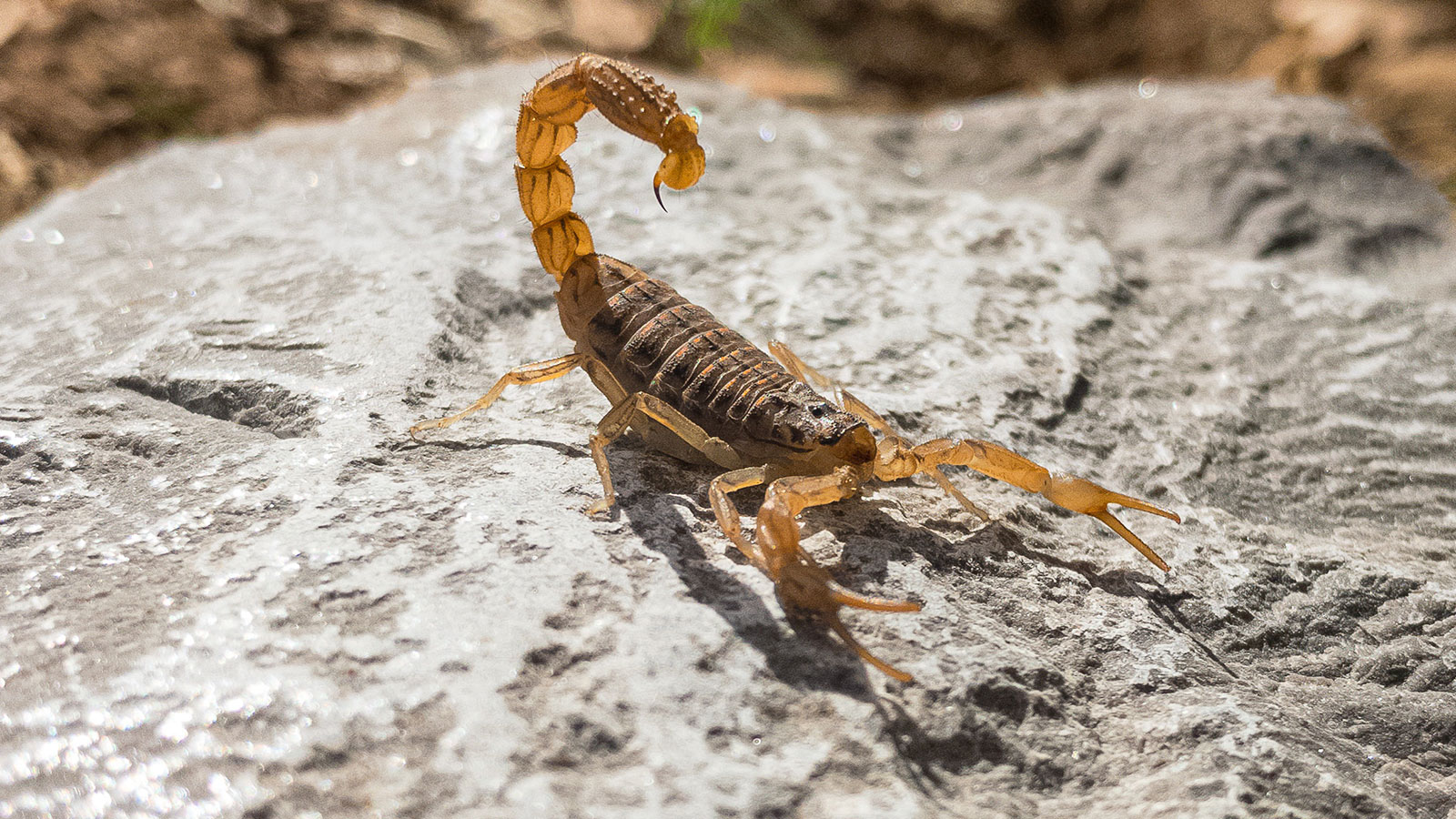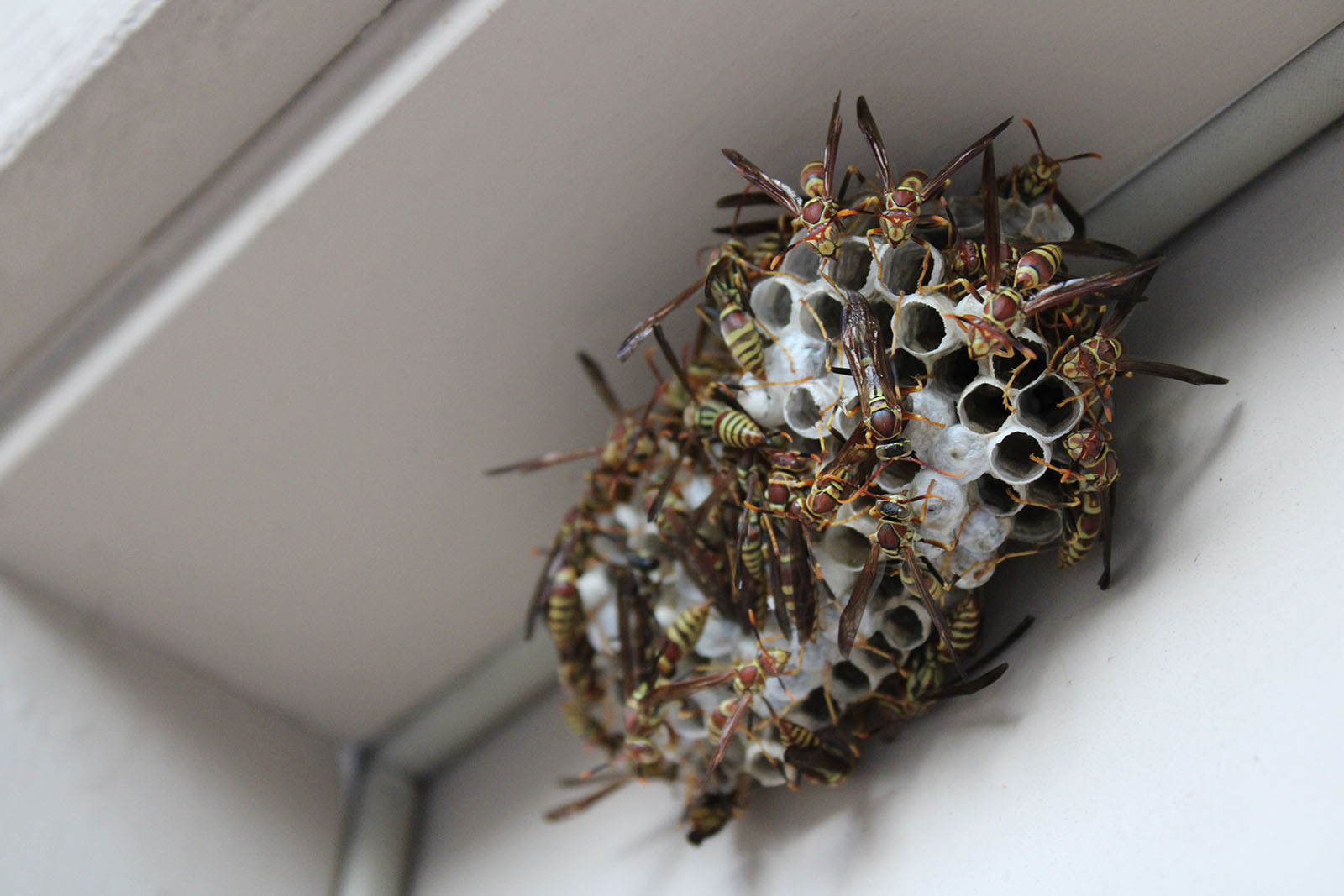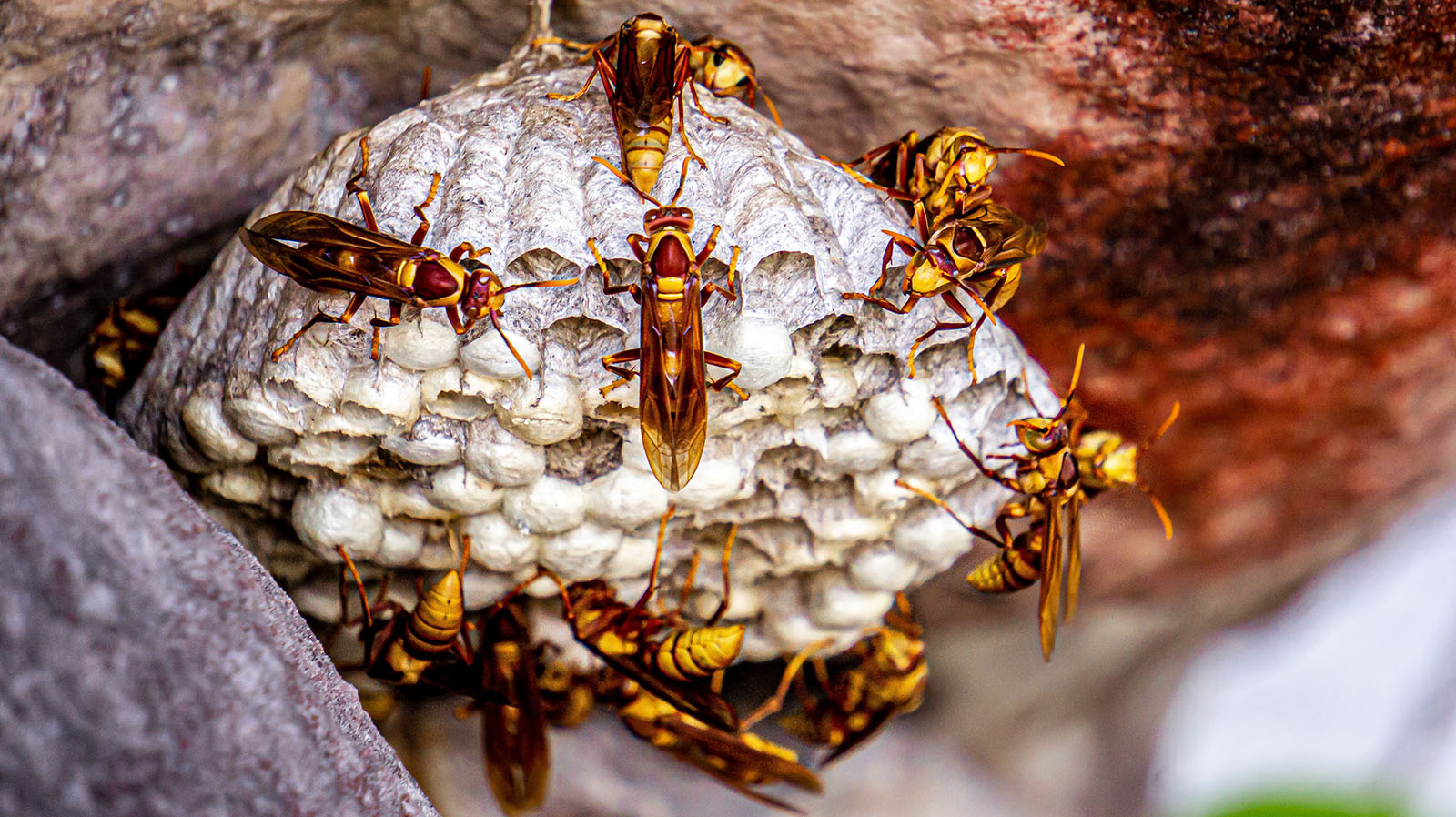Why Are Annual Termite Inspections Crucial for Tucson Residents?

As a Tucson resident, we know that the question of termites becoming interested in your home is never if they will invade, but when. Tucson is uniquely suited to help termites thrive as a climate. And then what did we do? We built thousands of tasty wood and paper structures right on top of their […]
Don’t Let Mosquitoes Ruin Your Tucson Home

Monsoon season is beginning to wrap up here in Tucson and with all this moisture we begin to see the next plague that Tucson residents experience: mosquitoes! Only some types of mosquitoes can spread germs (viruses and parasites) to people and animals. West Nile virus is one of the most common mosquito-borne diseases in the […]
Seeing an Increase in Tucson Bugs and Pests?

Tucson is known to have pretty big seasonal shifts – extreme heat leading into intense rains followed by very moderate weather create pretty substantial shifts in what kinds of bugs and pests we see in and around our homes. Once the rains come, that provides a huge additional resource that all pests need to thrive. […]
What Kind of Scorpions Are in Tucson?

Tucson is home to a few different species of scorpion, but you’ll most commonly see one specific variety hanging around in your backyard and home. In the interest of being thorough, here is a quick breakdown of the various scorpions that call the Sonoran Desert home: Arizona Bark Scorpion (Centruroides sculpturatus): This is the most […]
How Dangerous Are Scorpions?

We get a lot of questions about how dangerous scorpions are because of how common they are in a home. The answer is a little more complicated in that different people react differently to scorpion venom. Scorpions can vary in their venom potency and the severity of their stings. While most scorpion species are not […]
How Bedbugs Spread?

We’ve talked in various Bed Bug articles about how easy it is to contract Bed Bugs into your home, and also how many of the stereotypes about Bed Bugs just are not valid. These include where they come from, they are related to hygiene, and other common myths. The truth is that more people than […]
Help! There are Wasps Making Nests Around My House!

Wasps can be a nuisance and even a danger around your home, especially during the warmer months of the year. In the Southwest in Tucson and the surrounding areas, we typically have a pretty wide stinging insect season for this reason. There are however a number of steps you can take to keep wasps from […]
Losing Sleep to Bed Bugs?

People who begin to have problems with Bed Bugs kind of get a back rap. In fact, bed bugs have become increasingly common in recent years. According to a 2018 survey by the National Pest Management Association (NPMA), 97% of pest control professionals reported treating bed bug infestations in the past year, up from 10% […]
Have Wasps? Now What?

Wasps can be incredibly annoying when they decide to set up shop in your yard or even attached to your home. Moreover, they can be very dangerous as well, especially to children or pets. Tucson is home to several varieties of wasps, but the most common we’ll see here in the Southwest is the Paper […]
Talking About Honeybees and Africanized Bees in Tucson

Honeybees and Africanized bees, also known as “killer bees,” are two types of bees that are often confused due to their similar appearance. While they are both important pollinators and are valued for the honey they produce, there are several key differences between the two species. One of the main differences between honeybees and Africanized […]
